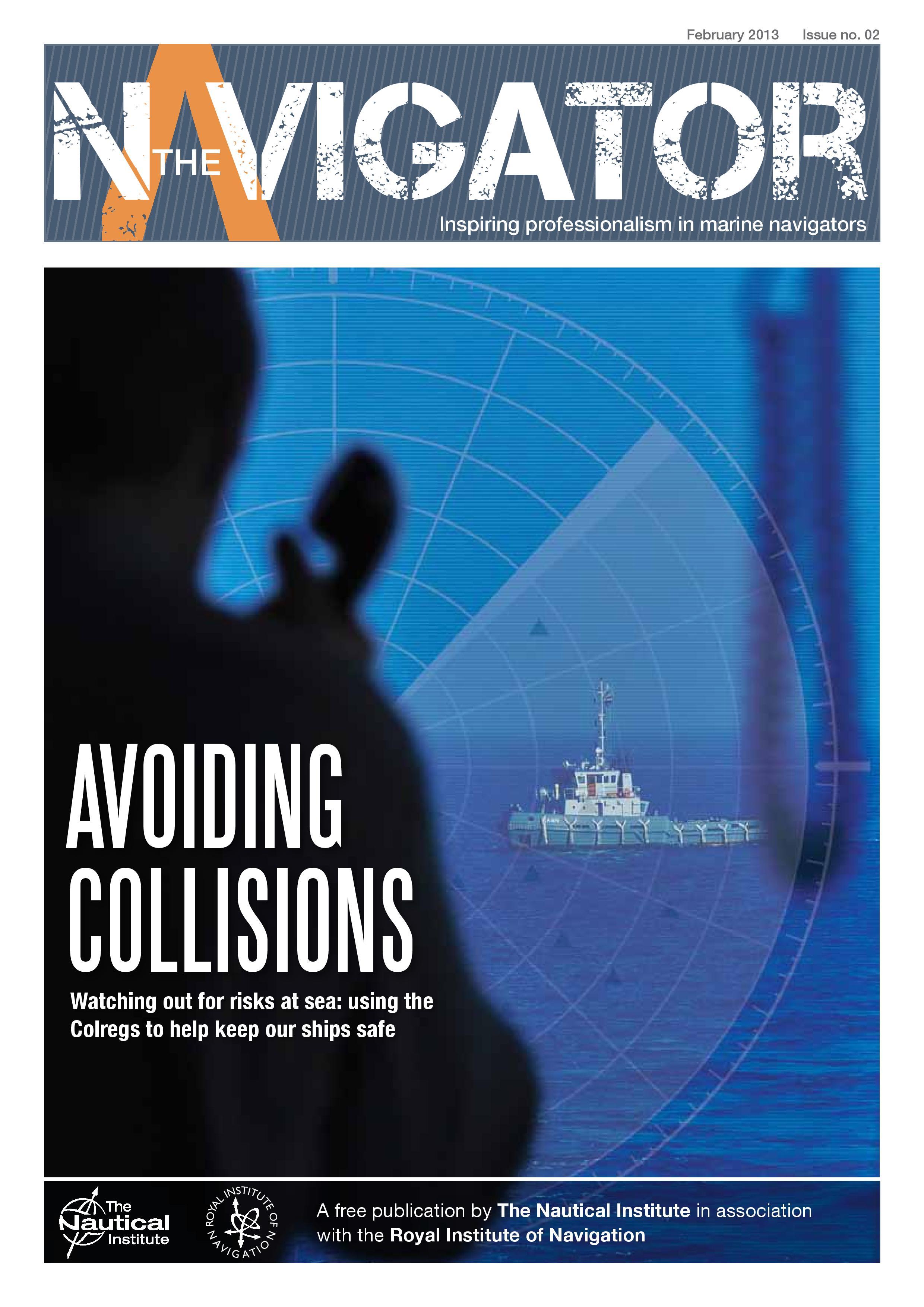Seeing the world by all available means
Take 10 #40: Managing GNSS
Ten top tips for managing GNSS – and the absence of it
The Navigator statementWAYPOINT - Staying alert to jamming and spoofing
George Shaw from the Royal Institute of Navigation explores how GNSS can become vulnerable to jamming and spoofing and what mariners can do to stay on course
The Navigator statementWho's Navigating? Sailing, shipping and building mutual respect
A love for life on the water led Third Officer Scarlett Barnett-Smith to pursue a rewarding career at sea
The Navigator statementWATCHOUT - Loss of GPS leads to groundings, disruption and delay
In this series, we take a look at issues affecting the safety of mariners and the lessons that can be learned from incident reports and examples. The following case studies and analysis have been provided by Gard P&I Club
The Navigator statementTaking action
Far from being a theoretical concern, recent incidents in geopolitical conflict zones have underscored the very real and immediate dangers posed by compromised global navigational satellite systems (GNSS).
The Navigator statementGNSS jamming
GNSS such as GPS, GLONASS, Galileo and BeiDou are key elements of positioning, navigation and timing. Their signals, however, can be affected not only by unintentional interference but also by intentional jamming. The growing reliance of ships on GNSS means that seafarers need to be aware of how GNSS jamming happens and how to detect it
The Navigator statementNavBrief
Do you know where your ship is? Now imagine that the satellite navigation system has failed, and the position is now longer marked on the ECDIS – or is showing as somewhere the ship cannot possibly be. Now what happens?
The Navigator statementWho's Navigating? Stepping outside the comfort zone
Deck cadet Chelsa Maria George Paul talks about her experiences at sea, her ambitions to rise through the ranks and her desire to be a good role model for women all over the world who want to build a career at sea.
The Navigator statementWATCHOUT - Voluntary whale avoidance routing
In this series, we take a look at issues affecting the safety of mariners and the species with whom we share our oceans and seas.
The Navigator statement
